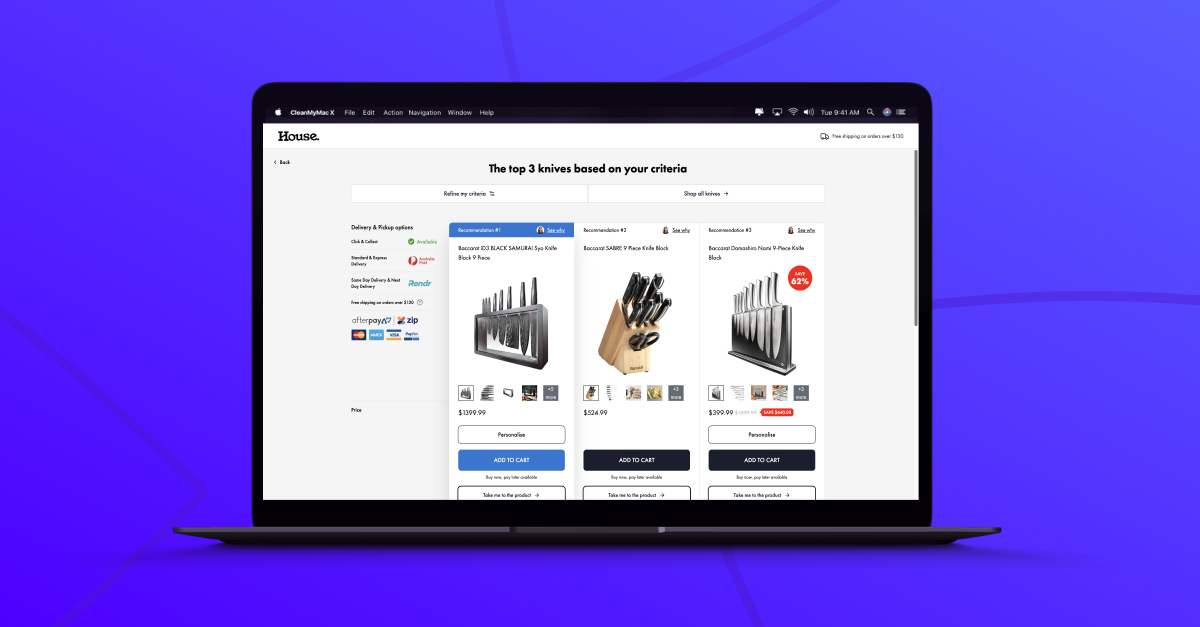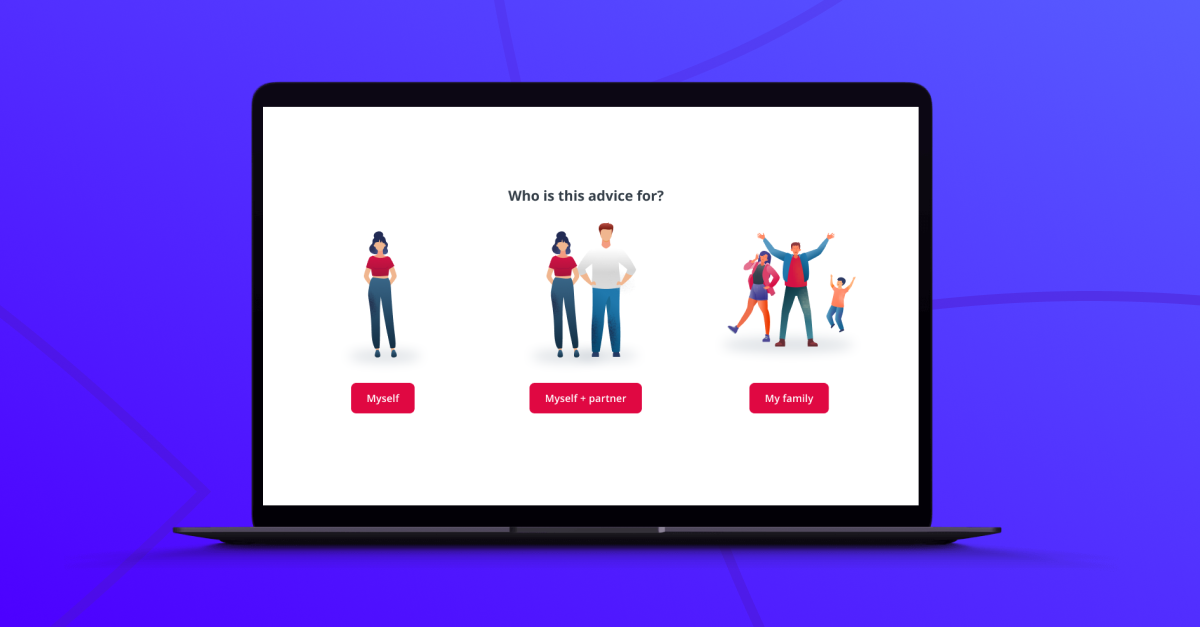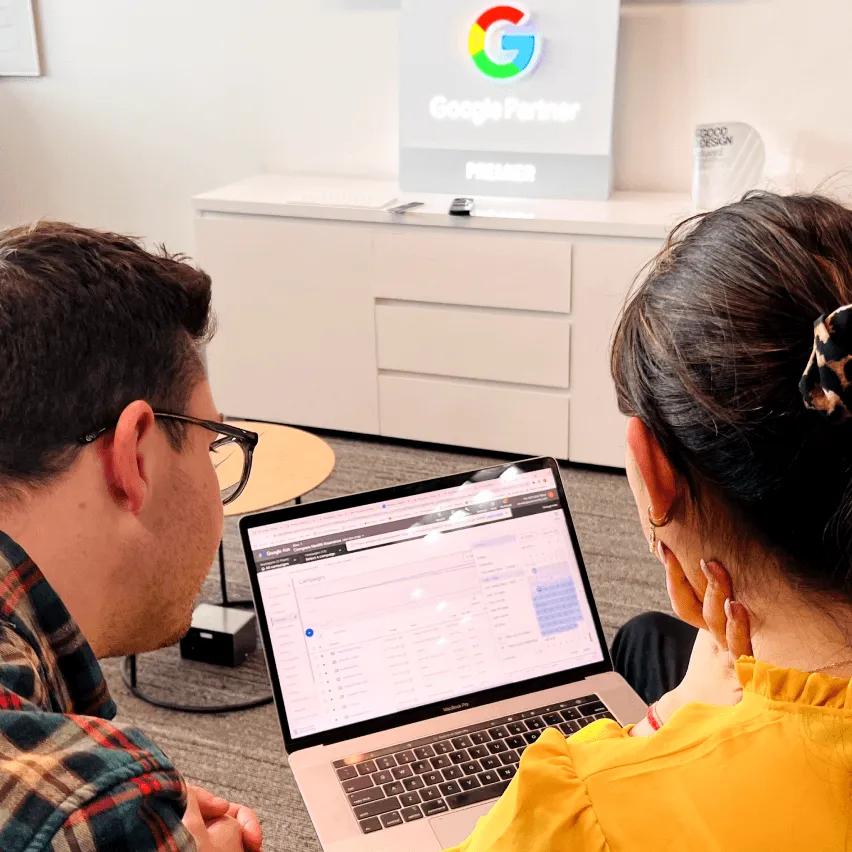Progressive Profiling
Progressive Profiling is a technique that gradually collects user information over time, rather than asking for all details upfront. It involves strategically requesting small amounts of additional data during various interactions, allowing you to build a comprehensive user profile while minimizing friction in the user experience.
How Progressive Profiling works:
Progressive Profiling typically starts by asking for minimal information (like an email address) during the initial interaction. As the user engages more with your brand – through subsequent logins, form fills, or interactions – you request additional pieces of information. The system keeps track of what data you already have and only asks for new information, ensuring you don’t repeatedly ask for the same details.
Why you should use Progressive Profiling:
As a marketer or business owner, Progressive Profiling allows you to gather rich user data without overwhelming your visitors with long forms. It can increase form completion rates, improve user experience, and provide you with more accurate and up-to-date information about your customers. This approach also allows you to tailor your data collection to the user’s level of engagement, building trust over time.
How to get started with Progressive Profiling:
To implement Progressive Profiling, start by identifying the key pieces of information you need about your users and prioritize them. Design your data collection strategy to align with typical user journeys. Use a CRM or marketing automation platform that supports Progressive Profiling. Begin with asking for essential information and gradually increase the depth of data requested as users engage more with your brand.
How Progressive Profiling complements Convincely’s approach:
At Convincely, we see Progressive Profiling not just as a data collection technique, but as a core principle of our personalization strategy. While traditional Progressive Profiling might focus on gradually filling out a user profile over multiple sessions, our full-page, visually-guided funnels turn the entire user journey into an engaging, interactive profiling experience.
Our system doesn’t just ask for information; it uses each piece of data to immediately personalize the next step of the user’s journey. For instance, if a user indicates they’re interested in a particular product category, we might dive deeper into their specific needs within that category, all while keeping the experience conversational and value-driven.
Unlike standard Progressive Profiling that might add a field or two to a form over time, our funnels can completely adapt their flow based on the information gathered. We’re not just collecting data; we’re using each piece of information to create a more relevant, personalized experience in real-time.
Moreover, our approach to Progressive Profiling goes beyond just gathering demographic or contact information. We use it to understand user preferences, pain points, and decision-making factors. This allows us to not just profile users, but to provide them with increasingly valuable and relevant information as they progress through the funnel.
What sets our approach apart is that we don’t treat profiling as a separate activity from the user’s main goal. Whether a user is looking to make a purchase, find information, or solve a problem, our profiling is seamlessly integrated into that journey. Users don’t feel like they’re filling out a profile; they feel like they’re having a helpful, personalized conversation that’s guiding them to the best solution.
You can find examples of how businesses are using advanced profiling and personalization techniques in their funnels on our listings page. This resource showcases various approaches to creating adaptive, data-enriched user experiences across different industries.
Remember, while Progressive Profiling is a powerful tool for gathering user data, it’s most effective when it’s part of a broader strategy to improve user engagement and provide value. At Convincely, we don’t just progressively profile users – we use each piece of information to create increasingly relevant, personalized experiences that guide users towards their goals. Our aim is to transform data collection from a necessary evil into an integral part of a valuable, user-centric experience that drives long-term engagement and business growth.




